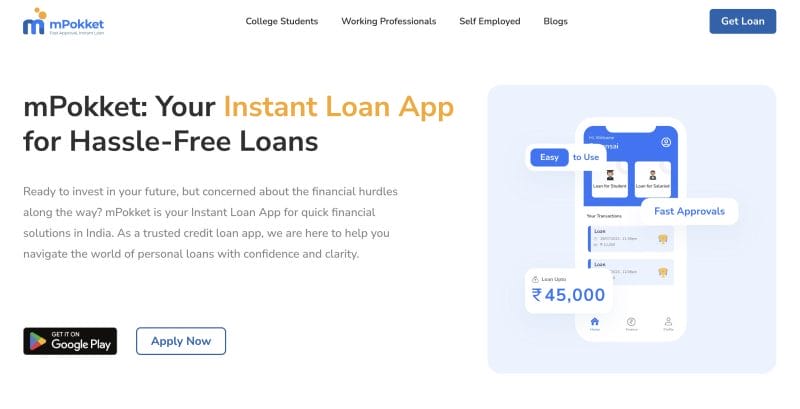Incorporating User Feedback into App Development
User feedback is crucial for iterative improvements in app development. Gathering feedback from target users, through surveys, focus groups, and user testing, provides insights into pain points and areas for improvement. Actively soliciting feedback on a regular basis and using this data to refine the app design ensures a positive user experience. This constant feedback loop is key to ensuring the app meets the evolving needs of borrowers.
Design Elements Improving User Engagement in Loan Apps, Student loan app 2025, loan disbursal mobile apps
User engagement in student loan apps is crucial. A well-designed app fosters trust and encourages users to actively participate in the application process.
| Design Element | Description | Impact on User Engagement |
|---|---|---|
| Clear Visual Hierarchy | Organizing information in a way that highlights key elements and guides the user’s eye. | Increases readability and understanding, leading to higher user satisfaction. |
| Interactive Elements | Using features like tooltips, pop-up explanations, and interactive charts to enhance understanding and provide support. | Encourages exploration and active learning, improving user engagement and comprehension. |
| Personalized Dashboards | Customizable dashboards that display relevant information based on user preferences and needs. | Creates a sense of ownership and control, leading to increased user engagement and satisfaction. |
| Progress Tracking | Visually displaying the progress of the application process. | Provides reassurance and keeps users motivated, boosting user engagement and satisfaction. |
| Gamified Elements | Using game mechanics, such as points or badges, to reward users for completing steps in the application process. | Increases user motivation and encourages active participation, leading to higher user engagement. |
Features and Functionality

Student loan apps in 2025 will be more than just loan disbursal tools; they’ll be sophisticated financial management companions. These apps will empower borrowers with comprehensive features, enabling them to seamlessly track their progress, manage repayments, and ultimately achieve financial freedom. The future of student loan management is mobile, intuitive, and integrated.
Essential Features for Effective Student Loan Management
These features will empower students to take control of their finances, fostering responsible borrowing and repayment habits. Robust loan management apps will provide a central hub for all aspects of the loan journey. This will include easy access to vital information, simplified repayment options, and seamless integration with other financial platforms.
- Comprehensive Loan Tracking: Real-time loan progress updates, including principal, interest, and outstanding balances, will be readily available. Visual representations of repayment progress, such as graphs and charts, will enhance understanding and motivation. Features like automated reminders for upcoming payments will further improve user engagement and reduce missed payments.
- Personalized Repayment Schedules: The apps will allow users to customize repayment plans, potentially exploring options like variable interest rates or flexible payment structures based on individual financial circumstances. This personalization ensures borrowers can find a plan that aligns with their budget and lifestyle. For example, users might choose a payment schedule that aligns with their income fluctuations or specific financial goals.
- Interest Rate Monitoring: The apps will display real-time interest rate updates, enabling users to monitor changes and understand the impact on their loan cost. Features that illustrate the impact of different repayment strategies on total interest paid will empower users to make informed decisions.
Comparing Different Loan Options
In the future, comparing different student loan options within the app will be a seamless process. The app will provide a structured platform for evaluating various loan terms, interest rates, and repayment options.
- Loan Comparison Tool: A dedicated loan comparison tool will allow users to input various loan details (e.g., loan amount, interest rate, repayment period) and receive a side-by-side comparison. The app will highlight key differences and potential cost savings across various options. The user interface will visually represent the potential loan costs.
- Detailed Loan Information: Detailed loan terms and conditions will be presented in a user-friendly format, avoiding complex jargon. Clear explanations of fees, penalties, and other relevant information will empower users to make informed decisions. Examples of fees and penalties, such as late payment fees, will be readily accessible.
Integration with Other Financial Tools
The future of student loan management will integrate seamlessly with other financial platforms. This seamless integration will allow for a holistic view of the user’s finances.
- Budgeting and Financial Planning: Integration with budgeting apps will allow users to link their loan accounts and view their loan payments against their overall budget. This integrated view will allow users to understand how their loan payments impact their financial situation and to make necessary adjustments. For instance, the app might automatically allocate funds for loan repayments based on the user’s current budget.